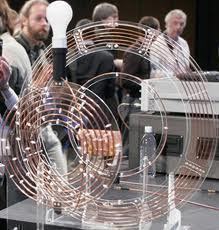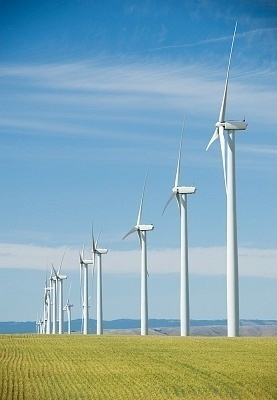As recent events concerning oil spills in multiple locations have flooded the news, many people are wondering how oil drilling works and why something like an oil spill can happen. This article will attempt to answer these questions by explaining how the various processes of oil drilling work.
What is an Oil Rig
An oil rig, or oil platform, is a large processing center that is able to extract oil from the Earth, refine it, and distribute it throughout the world. Oil rigs are often dangerous places to be as many of the chemicals that personnel are exposed to are toxic and extremely flammable. Oil rigs often refer to offshore drilling platforms but can be located anywhere. There are many different types of oil rigs including fixed platforms, compliant towers, semi-submersible platforms, jack-up platforms, drillships, floating production systems, tension-leg platforms, spar platforms, Normally Unmanned Installations (NUIs), and conductor support systems.
Wellhead
A wellhead is a mechanical device that sits on top of an oil well in order to contain the oil. Wellheads consist of structural barriers and pressure-guaging technology to control the flow of oil as it comes out of an oil well. The main cause of the Gulf Oil Spill was the damage to the wellhead. Unfortunately, once pressurized oil begins to flow freely, it is very difficult to install a new wellhead.
Production Separator
A production separator is a drum that is used to separate petroleum into gas, oil, and water. A production separator relies on the densities of these fluids to separate them with gas on top, oil in the middle, and water on the bottom. Gas can be easily extracted as it is a gas. The oil and water are separated by a barrier known as a baffle that allows each fluid to be extracted separately. The water from the drum is placed back into the oil reservoir, thrown out, or filtered in order to remove any excess oil.
Gas Compressor
A gas compressor is a mechanical device that is capable of compressing gas by reducing the volume of the container that the gas is in. This is done by placing the gas in a container with a mechanical wall that is able to push forward in order to reduce the amount of space that the gas is in. This process puts the gas under extreme pressure and allows it to be transported through pipes.
Water Injection Pump
A water injection pump is a mechanical device that is able to push pressurized water into an oil well in order to replace oil that has been removed from the well. This process keeps the oil reservoir under pressure so that oil can be constantly extracted from the well. Water injection needs time in order to push the oil to the surface of the well but makes oil extraction much faster and reliable over the long term.
Main Oil Line
A main oil line refers to a large network of pipelines that carry gas, oil, and water. There is currently a pipeline that extends throughout the United States as well as others throughout various countries. In an oil rig, a main oil line is generally just a main pipe that carries gas, oil, and water to the rest of the network. These pipelines may carry its contents to oil refineries or other oil processing centers. These pipelines are also eventually used to carry gasoline and other oil derivatives to distribution plants that then carry the goods to gas stations and other marketplaces throughout the world.




Follow Us!